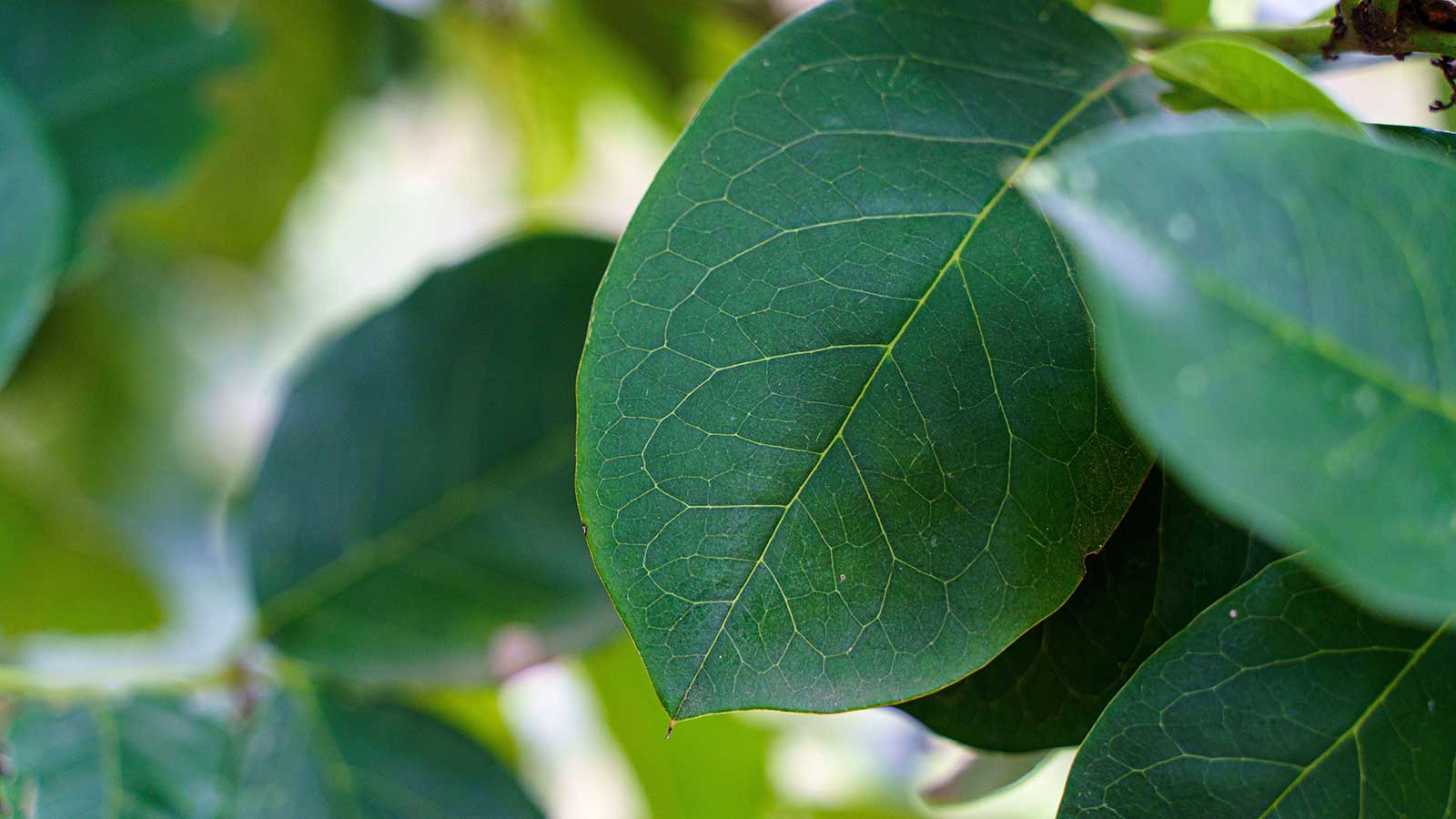
Yerba mate, or Ilex paraguariensis, hails from South America. Brewing the dried leaves results in a traditional caffeinated drink (often referred to as ‘mate’), which is widely popular in this part of the world.
The plants themselves are evergreen, and can grow from shrubs into tall trees if conditions are right. With their delicate fall flowers and red berries, they make attractive backyard additions – even if you’re not fussed about harvesting the leaves.
There are a few key things to get right for growing success. This includes the climate: a hardiness zone of 9-11 is usually suitable. There are other factors to bear in mind, too, as gardening experts reveal below.
Growing habits for yerba mate plants
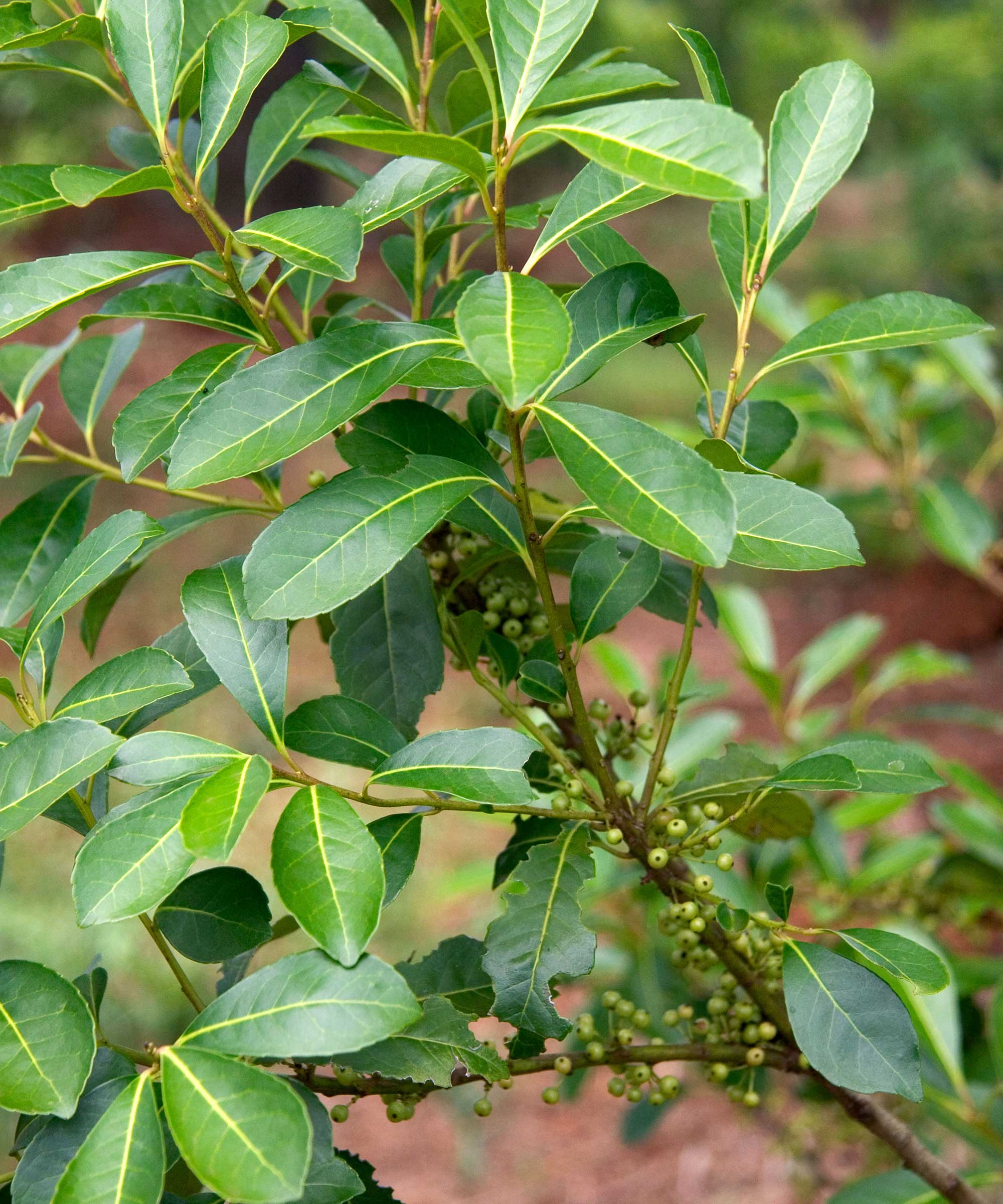
As with any plant, growing a healthy yerba mate calls for the right soil type, watering method, pruning technique, and more.
Yerba mate plants, available from Perfect Plants nursery, can be planted straight into the ground or in a large container. They need warm temperatures to thrive – above 60°F – so pot-growing is best if you need to bring yours indoors through winter. Like when growing cinnamon plants, humidity is also important for the best results.
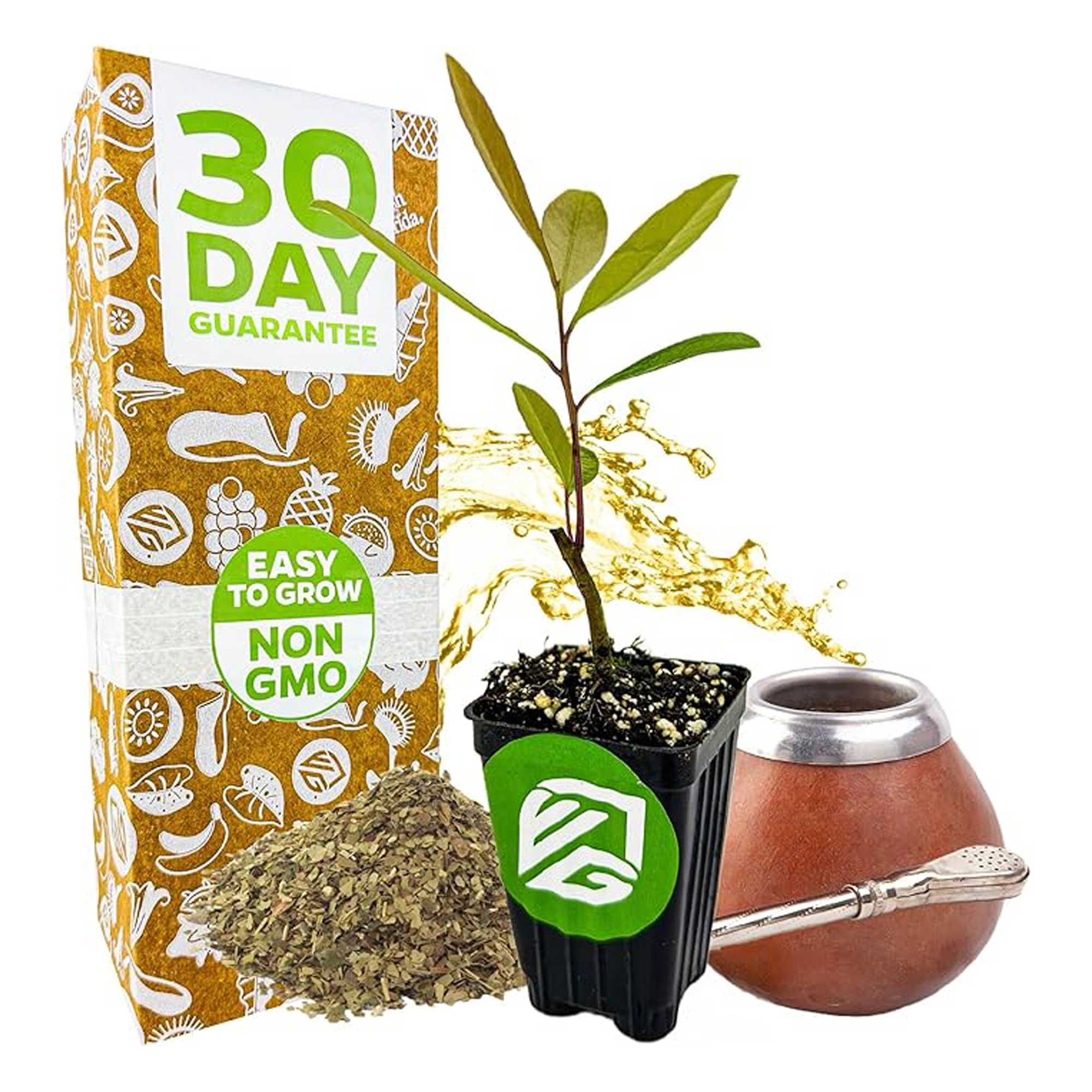
This 3-8 inch starter plant from Florida-based nursery Wellspring Gardens will grow into a full-sized shrub or tree with the right care.
Growing guide for yerba mate plants
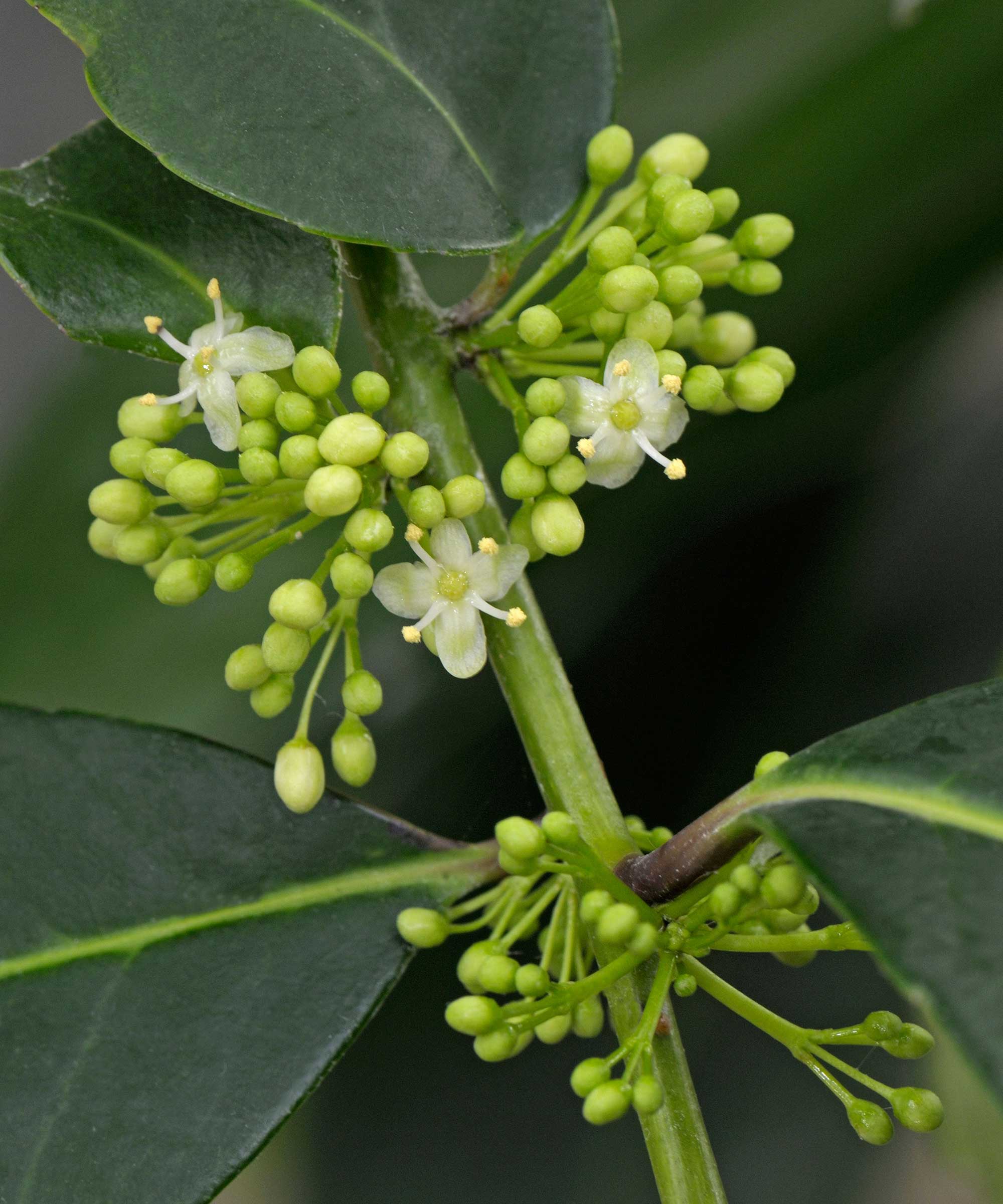
Soil: Kiersten Rankel, an expert from plant-care app Greg, says, ‘Yerba mate prefers well-draining, slightly acidic soil with a pH between 5.5 and 6.5.’ She also notes that the soil should be rich in organic matter, so it’s a good idea to mix in compost before planting. ‘Avoid heavy, clay soils that retain too much water, as these can lead to root rot,’ she adds.
Light: Kiersten highlights that yerba mate grows best in partial shade to dappled sunlight. ‘In its native environment, it often grows under the canopy of taller trees, and you can mimic those conditions by providing filtered light or shade during the hottest part of the day. Too much direct sun can scorch its leaves.’
Watering: 'The soil should never dry out completely,' says Julia Omelchenko, an expert from Plantum. However, while frequent watering is a must, Ilex paraguariensis doesn’t tolerate waterlogging, she notes. 'Adjust the watering frequency based on rainfall and the soil’s moisture level. Once the topsoil dries out by about an inch, it’s time to water the plant.'
Fertilizing: According to Kiersten, fertilizing yerba mate is important for healthy growth, although over-fertilizing should be avoided as this can damage the plants’ roots. Alexander Betz of Plant by Number recommends feeding the plants with a balanced, acidic fertilizer or compost every two to three months during the growing season (spring and summer). 'Apply it around the base of the plant, avoiding direct contact with the trunk, and water thoroughly afterward,' he says.
Pruning: ‘Pruning yerba mate helps shape the plant and encourages new growth,’ Kiersten says. She recommends doing so in late winter or early spring, before new growth begins. ‘Remove any dead, damaged, or weak branches, and shape the plant to your preference. Regular light pruning can also encourage bushier growth, which is beneficial for leaf production.’ According to Julia, pruning also promotes air circulation and light penetration, reducing the risk of fungal diseases.
Toxicity: Yerba mate is generally considered unsafe for pets, so should be kept away from them. For most adults, drinking mate (the drink made from the leaves) is said to be likely safe, and may even have health benefits. However, some research suggests high consumption could be be linked to an increased risk of cancer. Pregnant people, breastfeeding people, and those on medication should consult a healthcare professional before drinking mate.
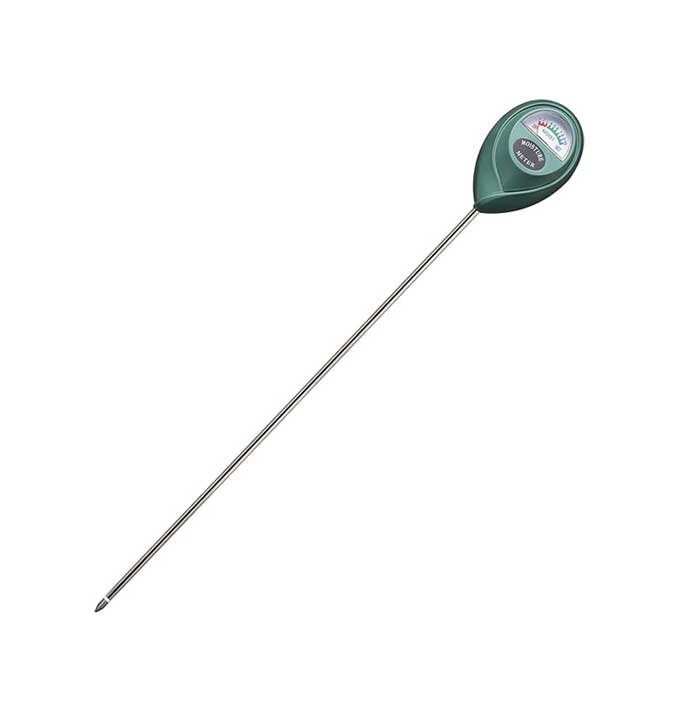
Keep an eye on your yerba mate’s hydration levels with this best-selling moisture meter from Xlux.
FAQs
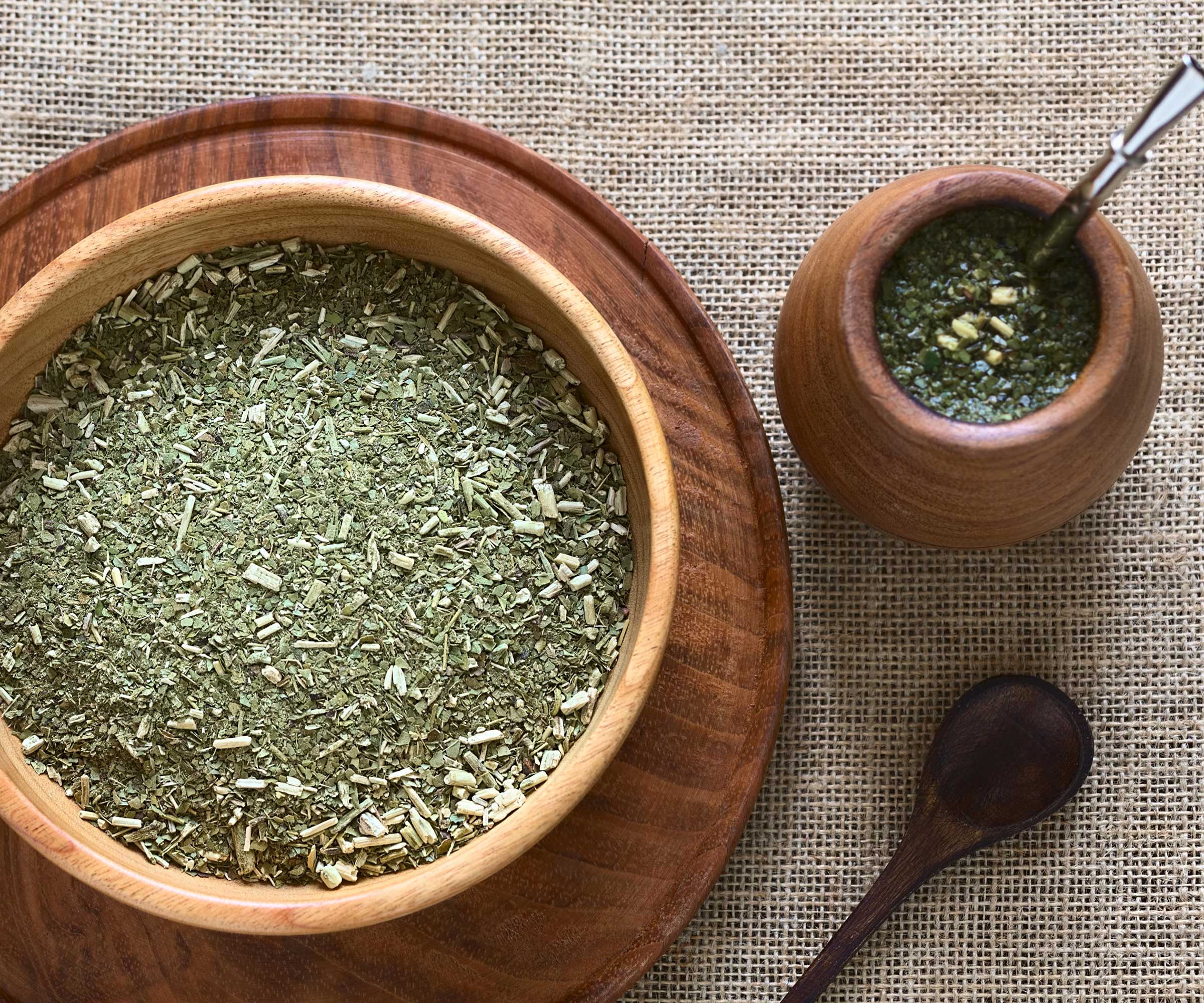
How do you harvest yerba mate leaves?
‘Harvesting yerba mate involves cutting the leaves and young stems, typically during the plant’s active growing season in spring or summer,’ says Kiersten.
‘Use clean, sharp scissors or pruners, and take only a small portion of the leaves from each branch to avoid stressing the plant,' she says. Julia advises cutting no more than one-third of the plant at a time, to give it a chance to recover.
‘After harvesting, the leaves are traditionally dried and aged before being used to make yerba mate tea,' Kiersten adds.
Can you grow yerba mate indoors?
Yes, growing yerba mate indoors can be a good option if your backyard climate isn’t suitable. Just be sure to keep humidity levels high, and that it’s positioned in a warm and bright spot.
If you’re interested in other ways to grow your own herbal tea, our guide has plenty of practical advice.







